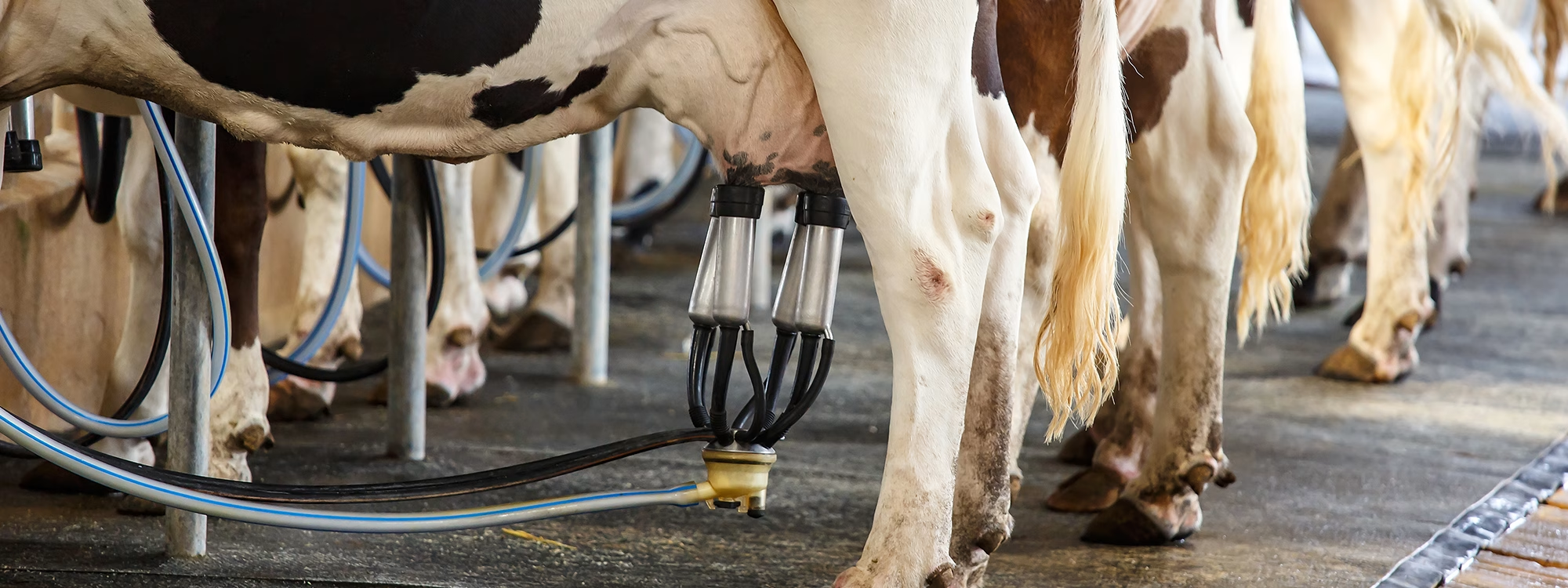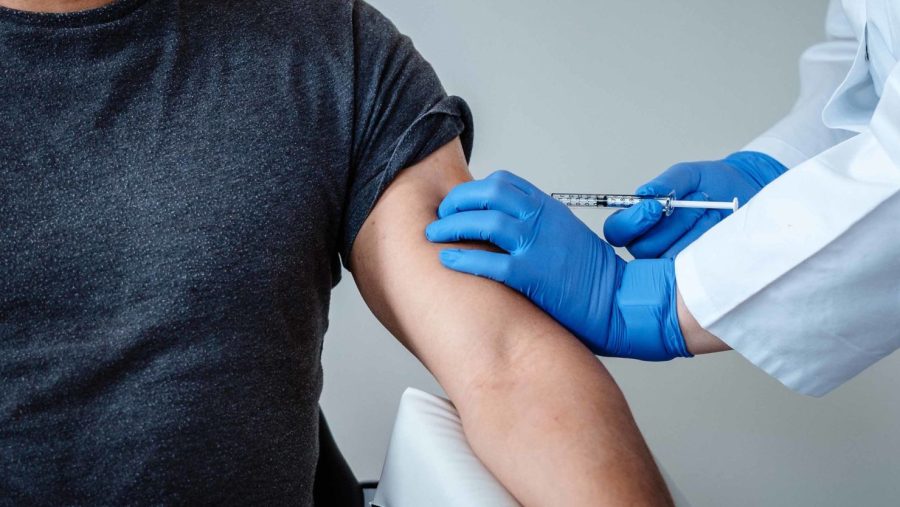Can bird flu on milking equipment increase infection risks? Discover how H5N1 stability on metal and rubber components impacts dairy farm safety and worker protection.

Imagine working on a dairy farm, handling milking equipment daily, unaware that a dangerous pathogen lingers on the very tools of your trade. Recent findings indicate that the H5N1 virus, or bird flu, can remain stable on commercial milking equipment’s metal and rubber components for at least one hour, significantly raising the risk of infection. This discovery underscores increased bird flu exposure for dairy farm workers and the necessity of enhanced protective measures.
Researchers from the University of Pittsburgh School of Medicine and Emory University have conducted a pivotal study, published in Emerging Infectious Diseases, revealing that the flu virus can potentially survive on milking equipment long enough to spread to people and animals. With state lines already crossed and human infections reported, the findings emphasize the urgent need for stringent personal protective equipment (PPE) and better sanitization practices to safeguard public health.
H5N1 Bird Flu: A Cross-State Threat with Alarming Zoonotic Potential, Urging Enhanced Biosecurity
Since March 2024, the H5N1 bird flu virus has spread across state lines, affecting dairy cattle and infecting at least three people. This underscores its zoonotic potential and the urgent need for enhanced biosecurity measures. While the current risk to the general public is low, flu viruses can quickly adapt, requiring vigilant monitoring and proactive prevention strategies.
Examining Virus Stability to Safeguard Dairy Farm Workers
The study by the University of Pittsburgh School of Medicine and Emory University focused on the stability of the H5N1 virus on metal and rubber components of commercial milking equipment. Researchers aimed to determine how long the bird flu virus could stay infectious on these surfaces to evaluate the transmission risk to dairy farm workers. By mimicking outdoor milking parlor conditions and observing the virus in unpasteurized milk droplets, the study sought to enhance biosecurity measures, such as personal protective equipment and better sanitization practices, to reduce the risk of zoonotic transmission.
Researchers meticulously designed an experiment to replicate the conditions of outdoor milking parlors in Texas. They aimed to ensure that their findings were highly relevant to real-world dairy farm operations. The lab environment was temperature-controlled and adjusted to mimic typical temperature and humidity levels. They selected metal and rubber components from commercial milking equipment due to their everyday use and frequent contact with milk and livestock. Unpasteurized milk droplets containing H5N1 virus particles were applied to these surfaces, allowing the team to observe the virus’s stability over time. This approach underscores the urgent need for enhanced biosecurity in the dairy industry.
Viral Persistence and the Imperative for Enhanced Dairy Industry Safeguards
Through meticulous experiments, researchers found that H5N1 virus particles stayed stable on metal and rubber surfaces for over one hour. H1N1 particles remained infectious for at least three hours on rubber and at least one hour on stainless steel. These findings highlight the need for rigorous sanitization protocols and protective measures in the dairy industry to reduce health risks.
The Imperative Need for Rigorous Biosecurity Measures in Dairy Farms
The implications of these findings for dairy farm workers are urgent, elevating the need for enhanced protective measures. Dairy farms, bustling with activity and dependent on strict routines, now face the threat of viral persistence on everyday equipment. Traditional cleaning protocols might be insufficient, with H5N1 virus particles stable on metal and rubber surfaces for over an hour.
This knowledge necessitates an immediate re-evaluation of biosecurity strategies to mitigate bird flu risks among farm workers. Enhanced measures such as mandatory face shields, masks, and eye protection could prevent viral transmission. Regular sanitization of milking equipment, not just at the end of shifts but possibly between each use, is essential to avoid cross-contamination and to ensure safety.
Implementing these protective measures may present logistical challenges. Still, they are crucial for the health and safety of those in the dairy industry. As Valerie Le Sage and her team have highlighted, the lingering danger of virus particles demands a shift in daily operations, advocating for rigorous personal and equipment hygiene to protect workers and the broader community from potential outbreaks.
Unveiling the Perils: Critical Protective Measures for Dairy Farm Workers Against Persistent H5N1 Contamination
The study reveals the persistent nature of H5N1 on milking equipment, highlighting the need for protective measures for dairy farm workers. Adopting stringent biosecurity protocols, such as face shields, masks, and eye protection, can reduce viral transmission. Additionally, thorough sanitization of equipment between cows is crucial. These practices lower the risk to workers and prevent the spread of the virus among cattle.
The Bottom Line
The unsettling persistence of the H5N1 virus on milking equipment underscores a significant biosecurity challenge for the dairy industry. Researchers have conclusively shown that the virus can remain infectious on metal and rubber components for an alarming duration, posing a heightened risk to dairy farm workers. Researchers examined several critical facets of this issue:
- The resilience of the H5N1 virus in outdoor milking environments
- The analogous stability of the H1N1 flu virus
- The vital role of personal protective equipment (PPE) in safeguarding human and animal health
These findings are supported by Dr. Valerie Le Sage’s study on virus stability and its zoonotic transmission risks. Experts like Wisconsin State Veterinarian Darlene Konkle highlight the need for meticulous biosecurity, including hand hygiene and equipment sanitization, to curb virus spread. The dairy industry must recalibrate its biosecurity approach. Widespread adoption of PPE and rigorous sanitization protocols is crucial to mitigate risks. This preparedness is essential for protecting livestock workers and preventing zoonotic threats to the public. A collective commitment to stringent biosecurity measures remains our best defense against the H5N1 virus. Let us take proactive strides today to ensure a safer tomorrow for all involved in dairy production.
Key Takeaways:Conclusion: Summarize the significance of the study’s findings and the importance of adopting protective measures to safeguard dairy farm workers and minimize the spread of bird flu.
- The H5N1 virus can remain stable on metal and rubber components of commercial milking equipment for at least one hour.
- This stability amplifies the risk of infection for dairy farm workers, necessitating stringent use of personal protective equipment (PPE).
- Researchers advocate for the adoption of face shields, masks, and eye protection to safeguard against exposure.
- The study simulated outdoor milking parlor conditions and found similar persistence patterns for other viruses like H1N1.
- The spread of H5N1 across state lines since March 2024, coupled with reported human infections, marks an urgent biosecurity concern.
- Enhanced sanitization of equipment between cows is critical to minimize virus transmission among animals and to humans.
Summary:
The H5N1 bird flu virus, which has been spreading across state lines since March 2024, poses a significant risk to dairy farm workers. Researchers from the University of Pittsburgh School of Medicine and Emory University discovered that the virus can remain stable on metal and rubber components of commercial milking equipment for at least one hour, increasing the risk of infection. This highlights the need for enhanced protective measures in the dairy industry to reduce health risks. The study found that H5N1 virus particles remained infectious for over an hour on these surfaces, highlighting the urgent need for rigorous sanitization protocols and protective measures. An immediate re-evaluation of biosecurity strategies is necessary to mitigate bird flu risks among farm workers. Enhanced measures such as mandatory face shields, masks, and eye protection could prevent viral transmission. Regular sanitization of milking equipment is also essential to avoid cross-contamination and ensure safety.













